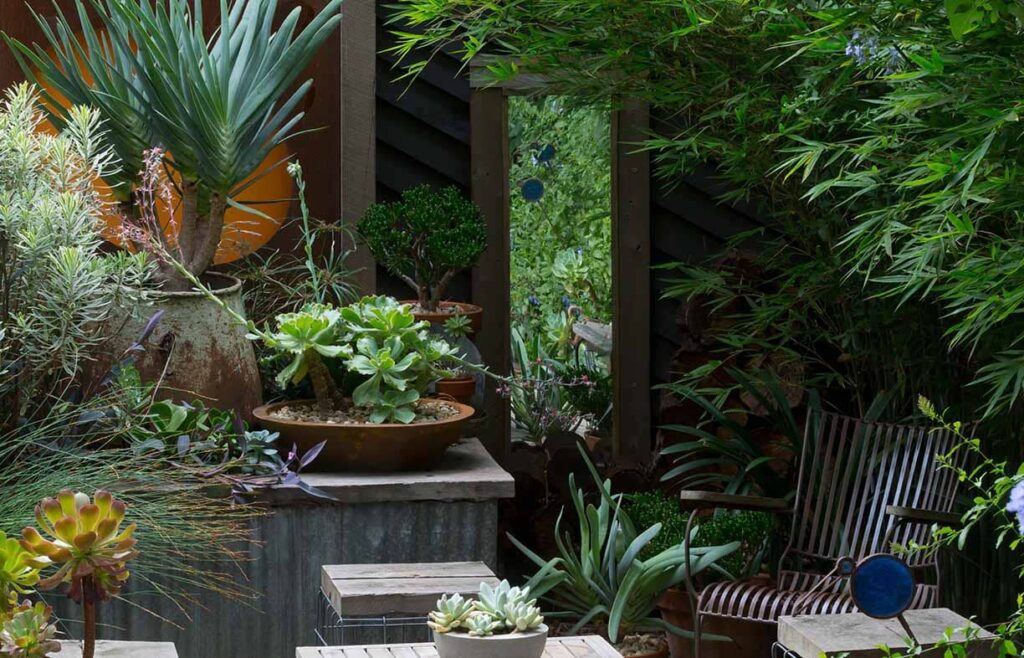Introduction to Therapeutic Landscapes
In today’s fast-paced world, the importance of mental and physical wellbeing cannot be overstated. Therapeutic landscapes, especially gardens designed to promote health and wellness, play a pivotal role in enhancing our quality of life. These carefully curated environments are not just spaces of natural beauty but are crafted to interact positively with our psychological and physiological states.
The Science Behind Therapeutic Gardens
Therapeutic gardens are designed with specific elements that aid in reducing stress, improving mood, and even enhancing physical health. Research shows that exposure to green spaces can lower blood pressure, reduce stress hormone levels, and boost immune system function. These landscapes often incorporate winding pathways, water features, and a diverse array of plants that engage the senses, promoting relaxation and mindfulness.
Elements of a Therapeutic Garden
1. Plant Diversity and Sensory Engagement
A key feature of therapeutic gardens is their high biodiversity. Plants are chosen not only for their aesthetic appeal but also for their ability to engage different senses. Fragrant herbs, such as lavender and rosemary, stimulate the sense of smell, which is closely linked to memory and emotion. Textured plants like lamb’s ear or fountain grass invite touch, further enhancing the sensory experience.
2. Water Features
Water features are another critical element in therapeutic gardens. The sound of flowing water is universally calming and can mask unwanted noise pollution from the surrounding environment. Whether it’s a small fountain or a large pond, water elements add a dynamic layer to the healing experience of a garden.
3. Secluded Spaces
Seclusion is essential for personal reflection and meditation. Therapeutic gardens often feature alcoves or screened areas that provide visitors with a private space to relax and unwind. These quiet zones are designed to be retreats where individuals can seek solitude, away from the stressors of everyday life.
4. Accessibility
Accessibility is paramount in therapeutic landscapes. Paths should be wide and well-maintained to accommodate visitors with varying degrees of mobility, including those using wheelchairs or walkers. Raised garden beds and sensory plants placed at various heights ensure that everyone can enjoy the garden to its fullest extent.
Benefits of Therapeutic Gardens
1. Psychological Wellbeing
Regular visits to a therapeutic garden can significantly impact mental health. Studies have documented reductions in depression, anxiety, and overall stress levels among those who spend time in green spaces. Gardens are particularly beneficial for people living in urban areas, where natural landscapes are less accessible.
2. Physical Health
The physical health benefits of therapeutic gardens are just as impressive. Engaging in light activities such as walking or gardening can help improve mobility and flexibility. Additionally, the clean, fresh air in green spaces is beneficial for respiratory health, which is especially important in cities where air quality may be compromised.
3. Social Interaction
Therapeutic gardens also foster a sense of community and provide opportunities for social interaction, which is crucial for mental health. Community gardening activities can help build connections between individuals, promoting a sense of belonging and reducing feelings of isolation.
Conclusion
Therapeutic landscapes are vital in promoting health and wellbeing in an increasingly urbanized world. By integrating natural elements that stimulate the senses, promote relaxation, and encourage social interaction, these gardens play a crucial role in enhancing our quality of life. The holistic benefits of spending time in such thoughtfully designed spaces are a testament to the power of nature as a healing force.


